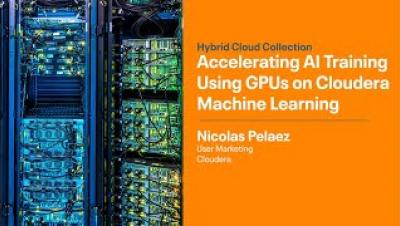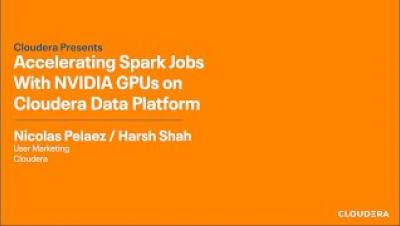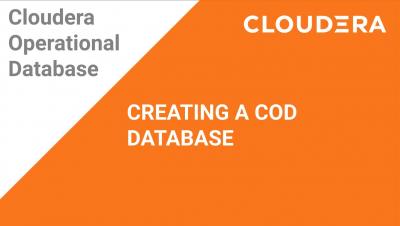Five Reasons Why Platforms Beat Point Solutions in Every Business Case
Once upon an IT time, everything was a “point product,” a specific application designed to do a single job inside a desktop PC, server, storage array, network, or mobile device. Point solutions are still used every day in many enterprise systems, but as IT continues to evolve, the platform approach beats point solutions in almost every use case. A few years ago, there were several choices of data deduplication apps for storage, and now, it’s a standard function in every system.





